
In this two-part series, we explore the technology behind Hwei's unique spell casting paradigm. It took many ideas and iterations before we landed on a solution that makes Hwei’s spell casting feel precise and fluid, and allows players to paint disaster and despair onto their opponents. In the second part, we uncover issues with the first iterations and approach Hwei's Spellbooks from a new direction.

In this two-part series, we explore the technology behind Hwei's unique spell casting paradigm. It took many ideas and iterations before we landed on a solution that makes Hwei’s spell casting feel precise and fluid, and allows players to paint disaster and despair onto their opponents. In the first part, we'll sketch the outline of the challenges Hwei's spells present, and early explorations on a solution.

In this article, we explore some of the challenges the team faced when reviving the Nexus Blitz game mode this year, from upgrading older systems to making them more accessible for future developers.
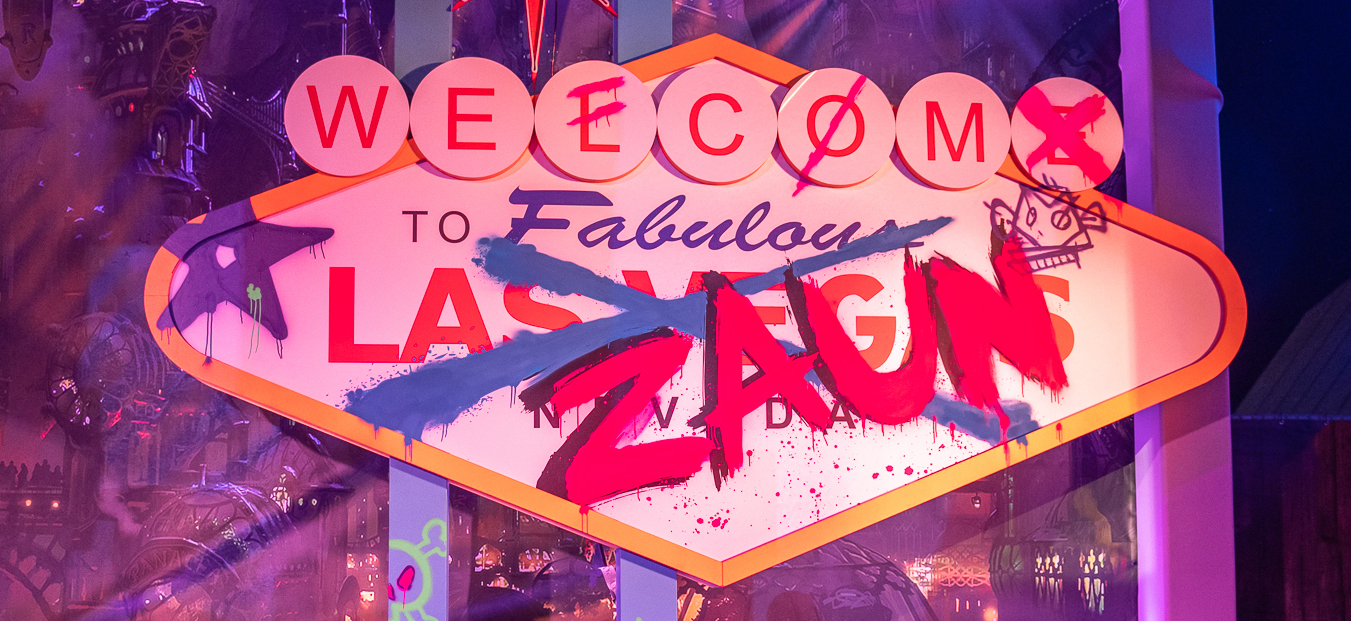
Earlier this month, nearly a hundred Rioters traveled to Las Vegas to attend AWS re:Invent, a weeklong conference hosted by AWS. This year, we also had a number of activations for attendees, letting allowing us to deepen our engagement with the global cloud community and celebrate our games and IP. In this article, we’ll give a quick recap of our presence - the presentations, the booths, the party - and a human grab claw!

Hello! My name is Ryan Price, and I work on the backend services that power League of Legends, focusing on the efficiency and reliability of the game loop as well as a few other out of game experiences. In this article, I’m going to be walking you through a recent bug that was impacting our competitive leagues, and how we dove deep into one of League of Legends’ most legacy pieces of technology to mitigate it.
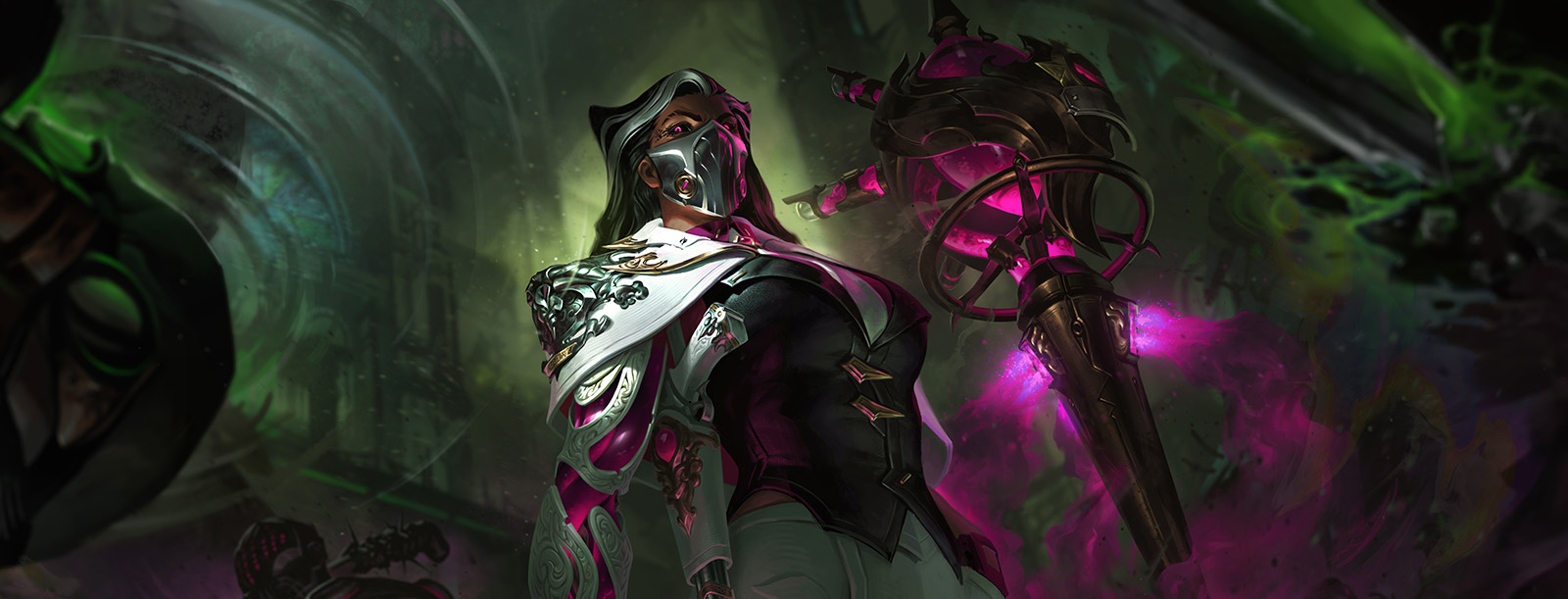
In this article, I’ll cover how we took Renata Glasc's ultimate from a hacky prototype to a game-changing spell, cleaning up some legacy code and systems along the way.
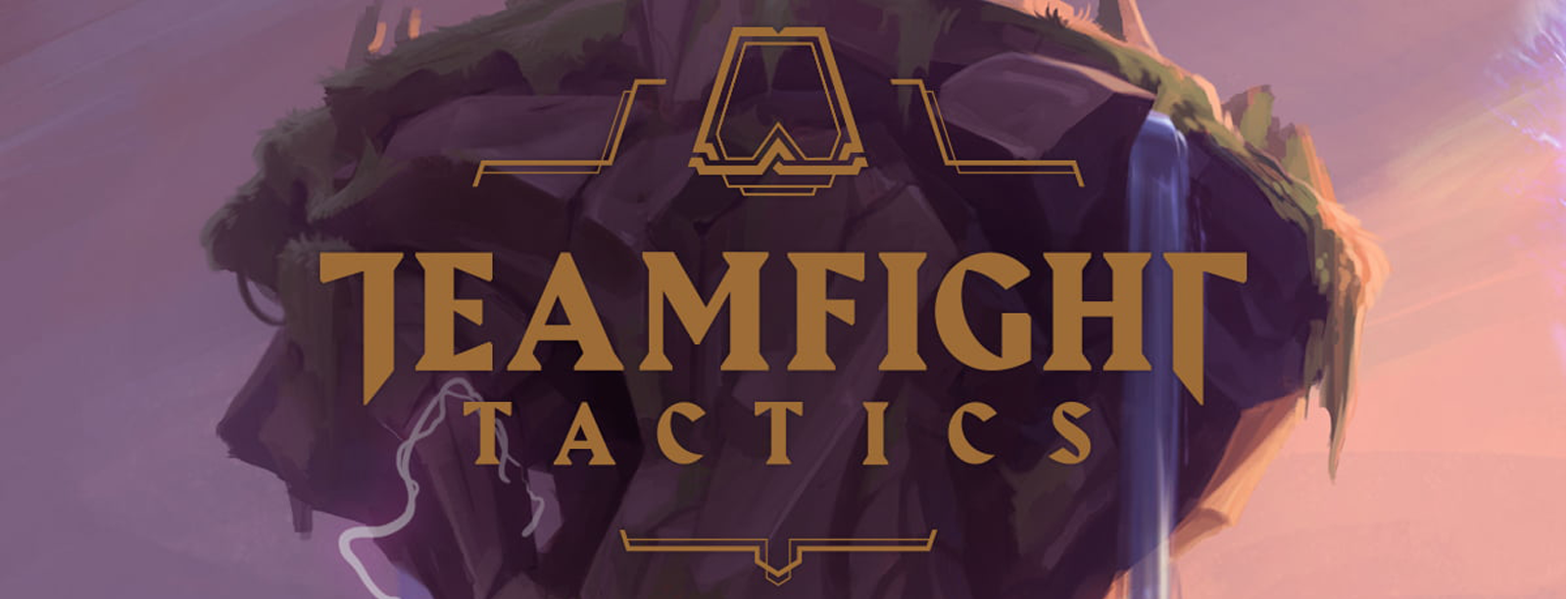
In this article, I’ll be describing how we handle patches across PC and mobile for TFT, and how this relates to quality assurance. Later, I’ll tag in my engineering counterpart, Gavin Jenkins, to give a super techy point of view on patches, and we’ll dive into two use cases that demonstrate different types of patches and how we deploy them.
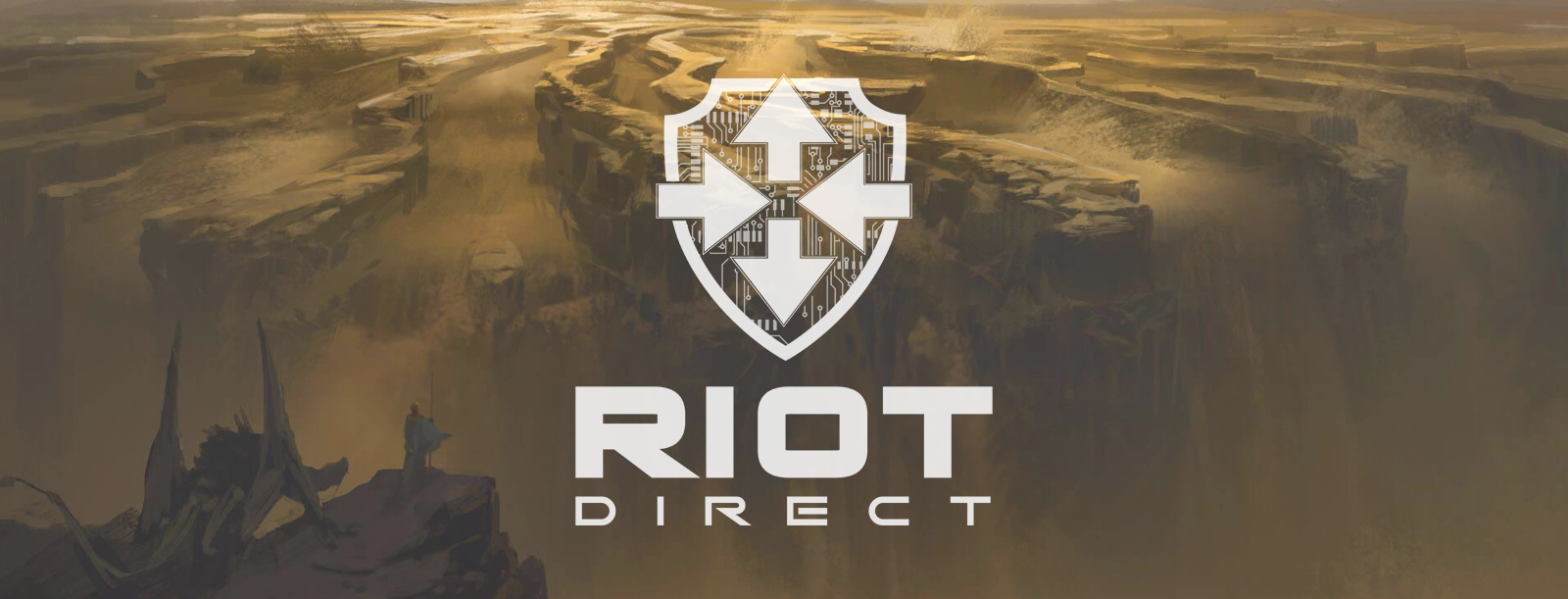
Heyo! We’re Cody Haas and Ivan Vidal, and we’re engineers on the Riot Direct team. It’s been a while since you’ve heard from our team. So in this article, we’re going to tell you a bit about what we’ve done to reinforce consistent and stable connections, reduce latency, and improve the overall player experience for our entire multi-game portfolio.
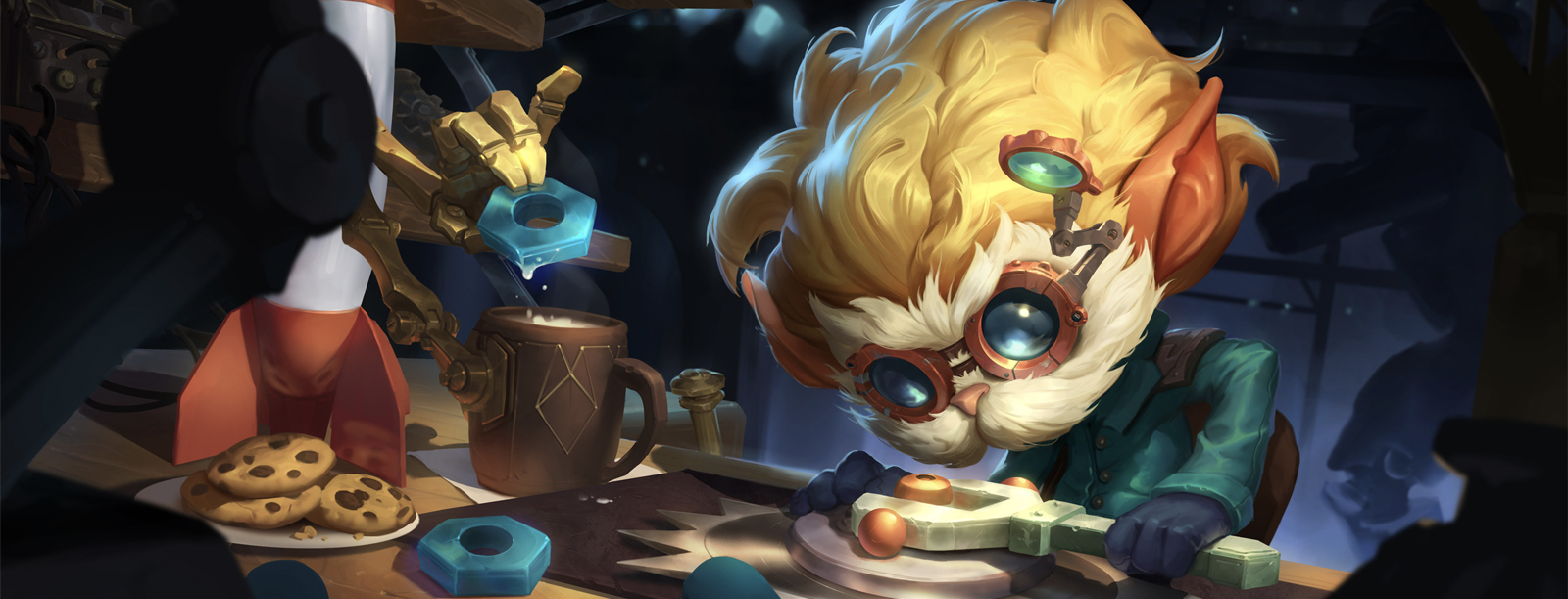
Hi, I’m Guy Kisel, and I’m a software engineer on Legends of Runeterra’s Production Engineering: Shared Tools, Automation, and Build team (PE:STAB for short). My team is responsible for solving cross-team shared client technology issues and increasing development efficiency. In this article I’m going to share some details about how we build, test, and deploy Legends of Runeterra, a digital collectible card game.

My name is Brian "Bizaym" Teschke. I'm a software engineer on a central technology team at Riot Games called Developer Connections and we’ve seen all kinds of system instability issues. My team is responsible for solving common problems across game teams so they can just focus on making awesome games. We often have to write programs that interface with several APIs and libraries - both internal and external - each with their own quirks and inconsistencies. This has allowed us to see patterns of both issues and resolutions, which I’m looking forward to outlining for you in this post.










